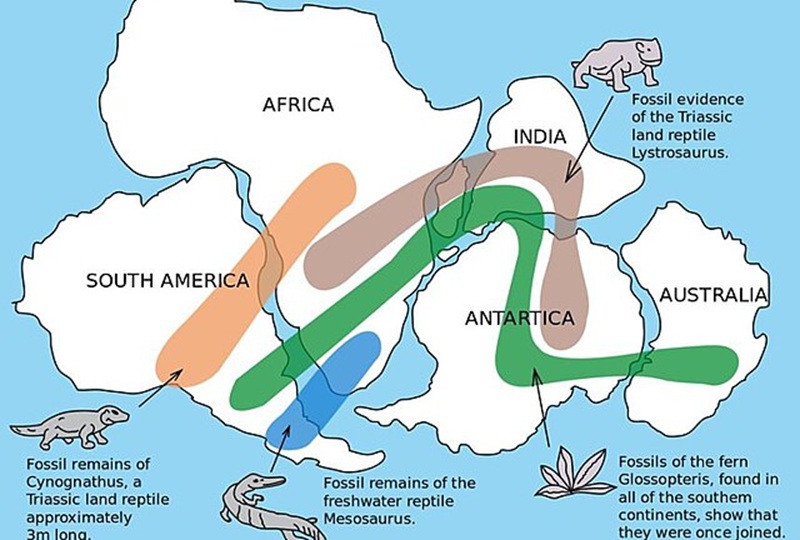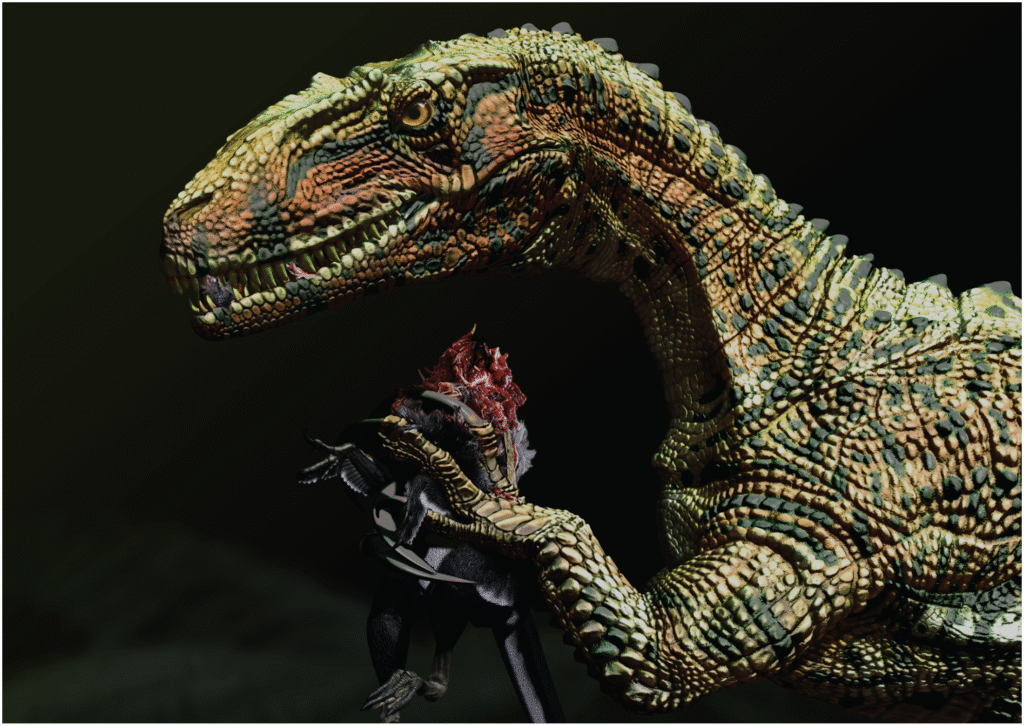Did Dinosaurs Eat Each Other? Evidence of Cannibalism in the Fossil Record
Imagine standing in a museum, staring at the massive skeleton of a Tyrannosaurus rex, its fearsome jaws gaping wide with razor-sharp teeth. You might wonder what this apex predator hunted millions of years ago. But here’s a chilling thought that might make your skin crawl: what if some of these ancient giants didn’t just hunt ...









